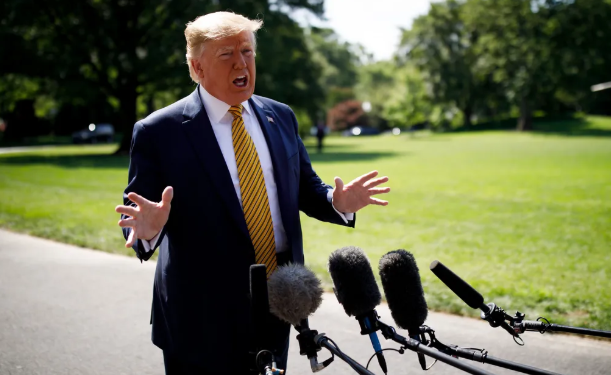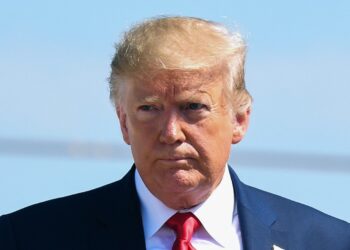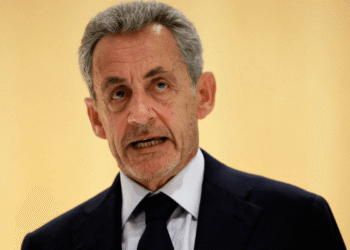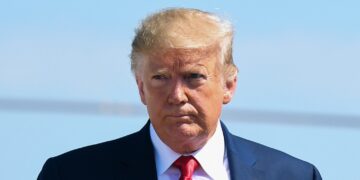The promise of America used to be simple: bring your money, build your factories, and you’ll be treated as a partner. That illusion collapsed in Georgia last week when hundreds of South Korean workers were dragged out of a battery plant project in handcuffs, their ankles chained, as if they were dangerous criminals. For South Koreans, who poured billions into the United States to avoid Trump’s tariffs, this was a brutal reminder that “invest here” under Trump can just as easily turn into “get arrested.”
Allies treated like suspects
What happened at the Hyundai-LG plant was more than just an immigration raid. It was a slap in the face to an ally that had been pumping billions into America’s economy. Seoul had banked on friendship and fair treatment, only to watch its citizens paraded like inmates on American soil. The message from Washington was loud: foreign money is welcome, but foreign workers are expendable.

Trump’s politics over partnership
This is the Trump style, build an image of toughness, even if it means humiliating those who thought they were allies. The raid wasn’t just about visas or paperwork. It was a stage for Trump’s anti-immigration agenda, a spectacle to remind his base that no one, not even Koreans investing billions, is beyond his crackdown. The irony is painful: while Trump is asking countries like South Korea to pour money into America, he’s turning the same investors into targets.
The economic betrayal
South Korea didn’t just bring labor; it brought money, technology, and trust. The Georgia plant was meant to power 300,000 electric vehicles a year, a big step in America’s green transition. Now, timelines are uncertain, costs are up, and confidence is shaken. Why would any investor rush into the U.S. if their staff risk being treated like illegal workers in orange jumpsuits? America wanted batteries, but Trump gave them chains.
Officials claim the Koreans were working on the wrong visas, that ESTA and B-1 permits don’t allow hands-on labor. That may be true on paper, but everyone knows this workaround has been common for years. Bureaucracy drags, companies cut corners, and projects keep moving. Trump didn’t suddenly discover this loophole — he chose to weaponize it. By doing so, he exposed the hypocrisy of courting foreign capital while strangling the workforce that makes it possible.
South Korea’s anger
For Seoul, this wasn’t only embarrassing; it was infuriating. Their government had to scramble planes to bring their own people home. Newspapers screamed betrayal, asking how America could invite investment with one hand and slap cuffs with the other. The anger isn’t just about the workers in Georgia, it’s about whether South Korea can still trust a partner who treats investors like intruders.
The long-term damage is obvious. Korean companies, and others watching from the sidelines, will think twice before sending workers to the U.S. Why risk the humiliation? Why risk arrests that derail billion-dollar projects? Every raid, every headline, every chain around an ankle is a warning that America under Trump isn’t safe for investors. And when money starts looking elsewhere, to Europe, to Southeast Asia — the so-called America First plan may turn into America Alone.
The Trump price
This is the real cost of Trump’s politics. South Korea paid billions to escape tariffs, but instead they paid the Trump price, humiliation, distrust, and chaos. The workers may return home, but the scar remains. In the end, the message has been clearly passed: under Trump, investment doesn’t buy you protection. It buys you a seat on the next deportation bus.

















